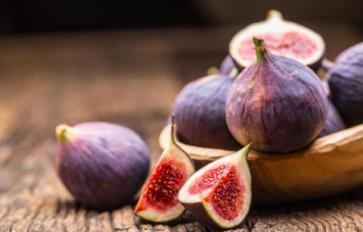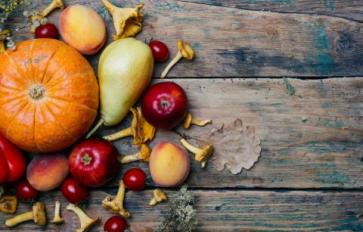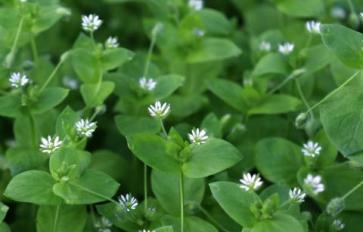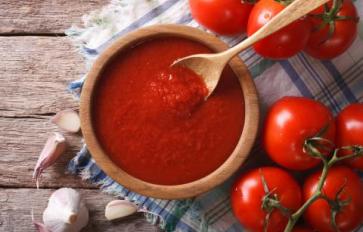
It’s hard not to respect the common weeds of the World; while some might see them as bothersome invasives that homogenize landscapes (and they’re not wrong!), weeds are the most successful plants in the World, establishing colonies as easily in Alaska as in India.
If you’ve just been forking them into the compost, you might be missing out on these powerful plants. Even backyard gardeners are growing superfoods without even trying -- nutrient-packed, medicinally significant, and persistent -- common weeds can grace your dinner table, pantry or even beauty regime. Here are a few ubiquitous species to get you started in foraging fresh herbs!
Lamb's Quarters- A relative of quinoa, this leafy green was a staple of early Native Americans' diet. It's high in iron, calcium, and vitamins A and C, as well as manganese. Trim larger tender leaves from the stem, discarding the bitter tops, and you’re left with leafy greens that have a similar flavor to arugula. Try it lightly steamed with a splash of vinaigrette, or chopped and stirred into soup in place of spinach.
Pineapple Weed- Also known as 'wild chamomile', this relative of chamomile has dozens of culinary uses. With its sweet, apple-y scent, it's perfect for garnishes in the summer. Select yellowish buds as well as the younger parts of lacy foliage for the brightest, sweetest flavor. They can be eaten raw, tossed in a salad, or prepared as a tisane. Clean with cool water, pat dry and then cover with fresh boiling water to steep. Once strained, you can drink it iced or hot, with a wedge of lemon. Pineapple weed tea is believed to soothe gas and upset stomach, and has mild expectorant properties, making it especially useful for children’s colds.
Common Dandelion- Before fresh greens were readily available for purchase in grocery stores, dandelions were often used in places of cultivated varieties. One of the most common 'weeds', dandelion has been gathered in place of store-bought greens because it's so high in iron, calcium, and vitamins K and B6. Literally every part of the plant can be used, from the flowers, used for wines and tisanes, to the root and sap, both of which have been used in Ayurveda for centuries to treat everything from hypertension to gout. Harvest young, bright green leaves near the center of the plant’s rosette shape, and prepare the same as you would kale. To harvest the taproot, pull firmly at the base of the plant. The roots can be prepared dried or fresh, or can be preserved frozen.
Chickweed- Dastardly and prolific, turn the tables on chickweed by harvesting it fresh. Chickweed is a delicate plant, making it perfect for pureeing. Use fresh chickweed puree to stretch pesto or for an iron boost for sauces and dressings. Pick out wilted pieces in a strainer under running water, then add to a smoothie in place of kale or spinach. Chickweed has also been used to treat mild skin conditions like sunburn or hives; it can be applied raw as a poultice, or steeped as a tincture and applied via spray bottle.
Many common weeds have medicinal properties used in conventional and folk medicine. Different regions have different species of weeds, so double-check you aren’t exterminating something useful!








